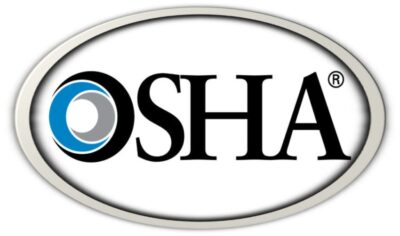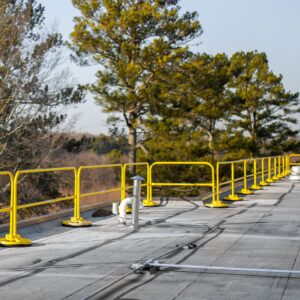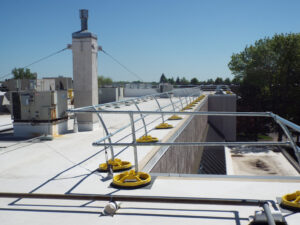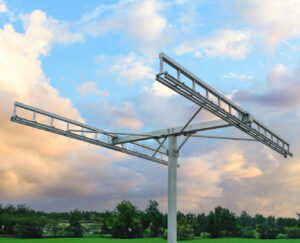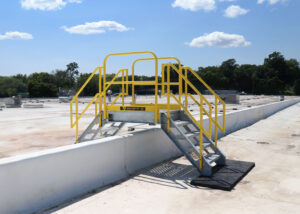7 Things You May Not Know About OSHA Inspections
OSHA Conducts 35,000 Inspections per Year
Throughout the year, OSHA conducts approximately 35,000 federally mandated inspections. This number jumps to 60,000 in states with approved OSHA state plans. And, given the recent proposed increase to the OSHA budget that is likely to come into effect for the 2023 fiscal year, it’s reasonable to assume this number will continue to rise. Most of these inspections are done without notification.
Very Few OSHA Inspections Find 0 Violations
Most OSHA inspections are triggered by negligence, employee complaints, injuries, or industry focus. Nearly all inspections reveal at least one violation.
OSHA Inspections Can Take up to 6 Months to Complete
Inspections can be either partial or comprehensive, with the latter possibly taking up to six months.
OSHA Inspector Can Expand Inspection During Walk-Through
An inspection can be upgraded from partial to comprehensive if new violations are found during the walk-through.
OSHA Has 6 Months to Send Official Citation List
OSHA reviews all inspection data before sending an official list of violations and penalties within six months.
OSHA Penalties Have Increased 80% Since 2015
Penalties have increased significantly, with violations ranging from $14,000 to $145,000 depending on severity and business factors.
Employers Have Three Choices After Receiving Citation List
- Accept the penalties and correct the issues.
- Contest the outcome within 15 days.
- Request a conference with the OSHA Area Director.
Learn more about OSHA inspections here.
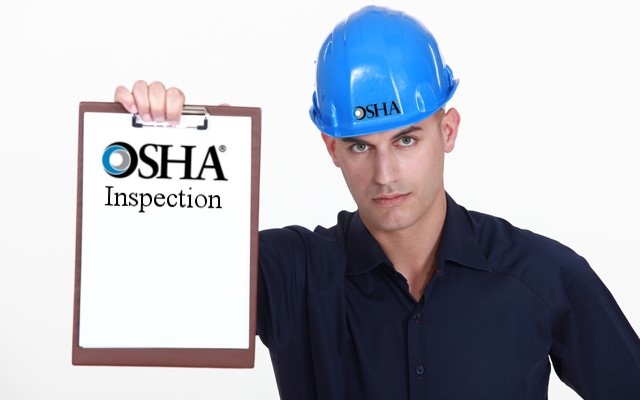
Increased OSHA Budget Proposed by Senate
OSHA Fall-Protection Budget
Fiscal year 2023 is likely to see an increase in federal funding for OSHA. The new budget will, in all probability, land somewhere between $679 and $712 million — at least a $68 million increase from 2022’s budget of $611 million.
This money will be used in a number of ways, including the hiring of as many as 500 new employees — 179 of which are likely to be inspectors.
This is good news, from a safety perspective: the increased budget and enforcement of OSHA compliance regulations will lead to safer work environments and fewer jobsite injuries. This also means, however, that companies need to remain vigilant about their safety planning. The added number of inspectors will of course lead to increased jobsite inspections; thus, companies need to be proactive as opposed to reactive.
Because improper fall-protection safety standards is OSHA’s number one violation for seven consecutive years, it’s reasonable to assume that this citation will be at the top of these new inspectors’ minds. Don’t wait for a fee from OSHA to institute a rooftop safety plan. Contact Safety Rail Company today to see how we can craft a site-specific solution for your facility — and help you avoid those non-compliance costs!
Passive Fall Protection
Also, do your research to learn why passive fall protection has far fewer OSHA-compliance concerns than its active fall-protection counterpart. Among the many benefits of a guardrail-based system is its simplicity: simply install it and leave it. With harness-based systems, the user must constantly be interacting with the equipment: from training and maintenance to inspections and replacement. This is to say nothing of the compliance concerns: with safety rails, you know you’re fully in compliance at all times. With harnesses, compliance depends upon the organization and the user properly using the equipment (which requires costly training and ongoing education).
Rooftop guardrails provide the most universal, safest solution for rooftop fall hazards.
Sources can be found here and here.
